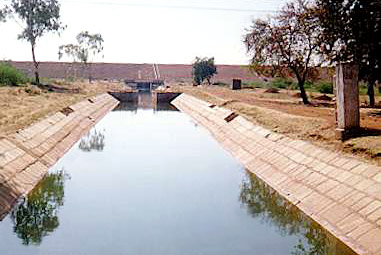 The location of Karanja River co ordinates latitude 18° 4` 60 N and longitude 77° 4` 60 E. Karanja river basin covers around 2422 square kilometers. The Karanja River itself is tributary of Manjra River. The Karanja River and its rivulets are not navigable.
The location of Karanja River co ordinates latitude 18° 4` 60 N and longitude 77° 4` 60 E. Karanja river basin covers around 2422 square kilometers. The Karanja River itself is tributary of Manjra River. The Karanja River and its rivulets are not navigable.
The religious significance of this river has been dating from the era when sage Karanj had his hermitage here and welcomed pilgrims and travelers. He was the famous devotee `Patanjali` of the great saint `Vashishtha`. He came to be known as Sage Karanj because his hermitage was located on the bank of this river or the Karanj-van. Sage Karanj observed that scarcity of water resources caused great discomfort to pilgrims moving across the Karanja. He started digging a tank to collect rainwater as well as water flowing from close by streams and rivers. Goddess Renuka was greatly pleased with Karanj Rishi`s hard work. She blessed him that the tank would have water as sanctified as that of the famous rivers such as the Ganga, Godavari, Sharayu, Tapi, etc. She blessed that anyone drinking water from the tank would always attain `moksha`. The tank exists even today by the riverside and is called the "Rishi Talav".
This article is a stub. You can enrich by adding more information to it. Send your Write Up to content@indianetzone.com















